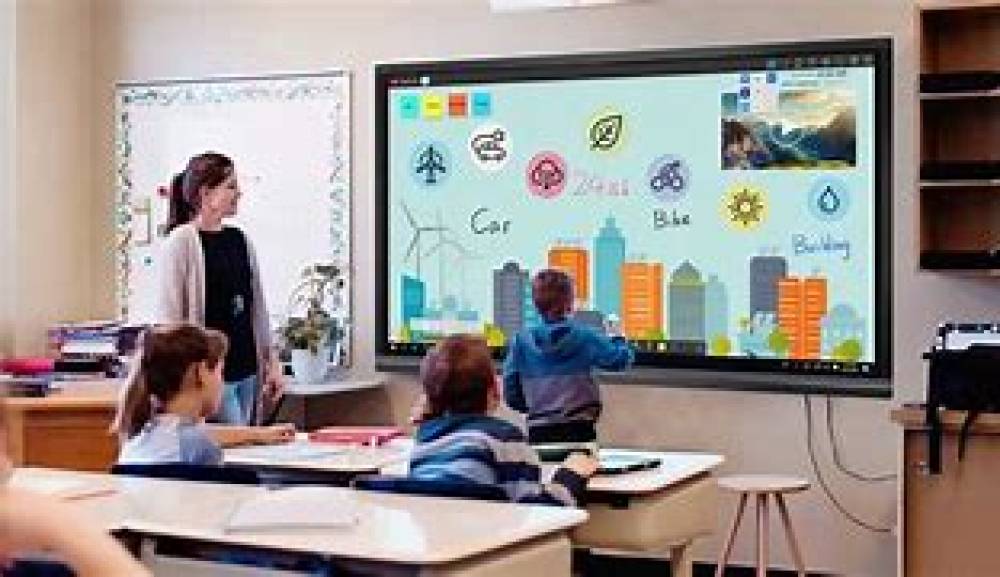
The Benefits Of Studying Printing Technology
Printing Technology Study
Printing is the mass reproducing of text and images on paper and other printing materials using a master form or template. The earliest non-paper products involving printing include cylinder seals and objects such as the Cyrus Cylinder and the Cylinders of Nabonidus.
Printing Technology is the technical process for reproducing text and image, typically with ink on paper using a printing press. It is often carried out as a large-scale industrial process, and is an essential part of publishing and transaction printing.
Roles and Responsibilities
- You will be responsible for operating all the digital printing equipment. Provide technical solutions as required for bulk production of different types of printing. Work independently to design, execute and document digital printing experiments.
- Capability to solve all types of technical issues related to sample, size set, bulk production, etc. with the printing machine.
- Ensuring that products meet set requirements and specifications (colorfastness, durability, and accuracy, etc.)
- Color retouching, fixing or re-creating files as needed, and color management.
- Inspect and examine the coordination of the printed products with the quality team for print clarity, color accuracy, conformance to specifications and external defects.
- Checking products for suitability and testing for performance under various conditions as required.
- Examine the specific style to determine the details, such as sample quality, types of color/chemicals be used, color sequences and any other instructions.
The Benefits of Studying Printing Technology
- Faster response time: There’s minimal setup and color is taken care of easily with a built-in color registration system that offers advanced color-match capabilities.
- Personalized print jobs are possible: Each piece can be tailored to the audience it aims to reach. That just wasn’t practical with the old analog printing processes. With analog, each customization had to be a different printing job.
- More choices in materials: Digital printing is a so-called “non-contact” sport. That is, the paper, fabric, or even ceramics being printed don’t actually come into contact with as much of the printing mechanism. Therefore, materials do not have to be held in place quite so rigorously. Delicate fabrics and extremely thin paper can withstand the process of digital printing, whereas with old analog methods they would not have held up under the harsher handling. In the old days, with analog printing, short print runs were prohibitively expensive. Any job required tons of setup, even if the job was small. But with digital printing, small and medium print runs are cost-effective. This allows the small business owner entry into professional-looking printing for everything from business collateral for trade shows to documents and internal communications.
- Career Benefits
- Technical Skills Acquisition
- Professional Certification
- Jobs Opportunities
- Career Advancement
- Increased Earning Potential
Things You Will Learn
Some of the skills you will acquire in the course of study include:
- Printing and Its Meaning
- History Of Printing
- The Origin And Development Of Print Technology
- Types Of Printing
- Four Major Printing Processes
- Comparison Between Printing Processes
- Printing Typography
- And lots more.

